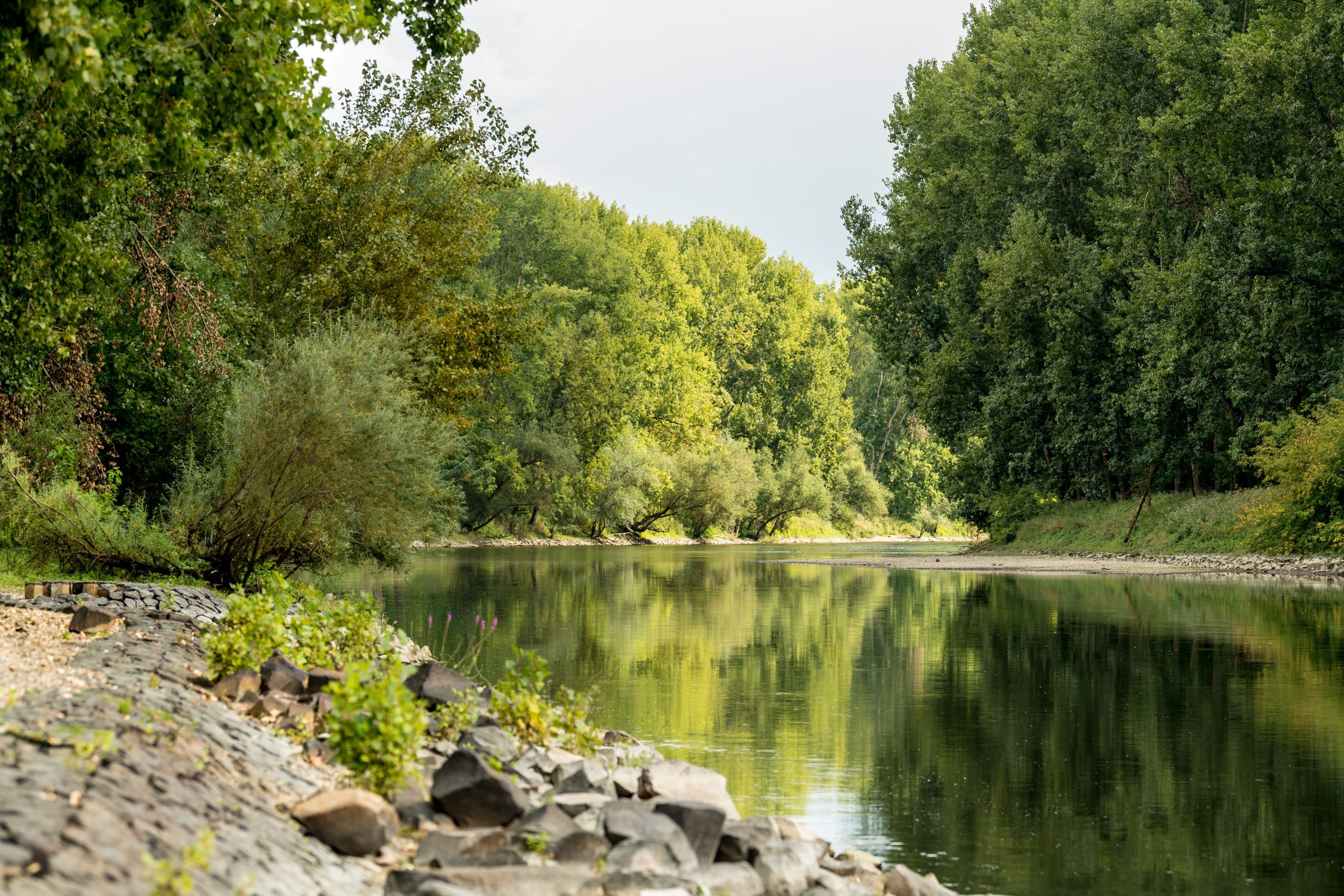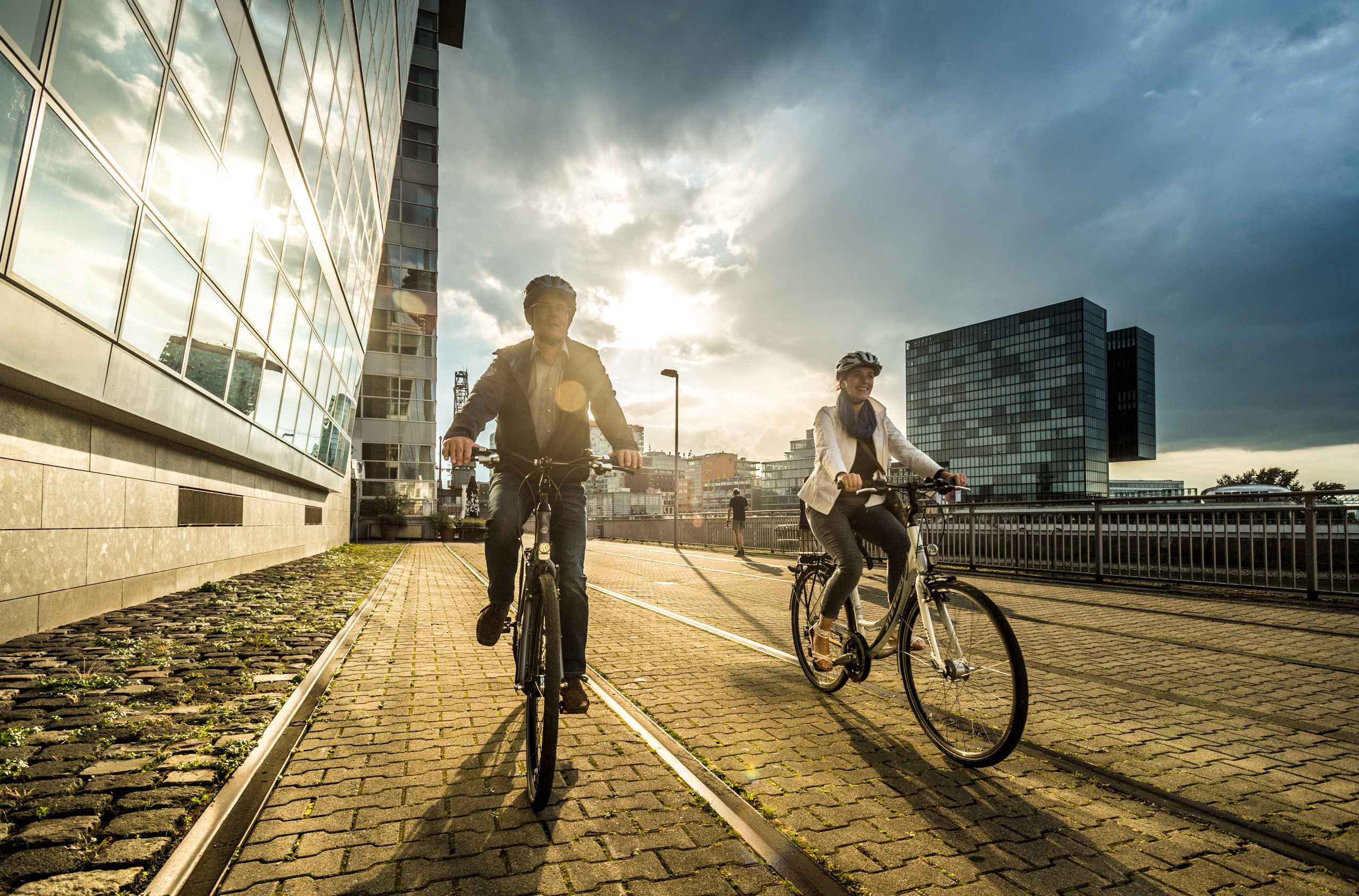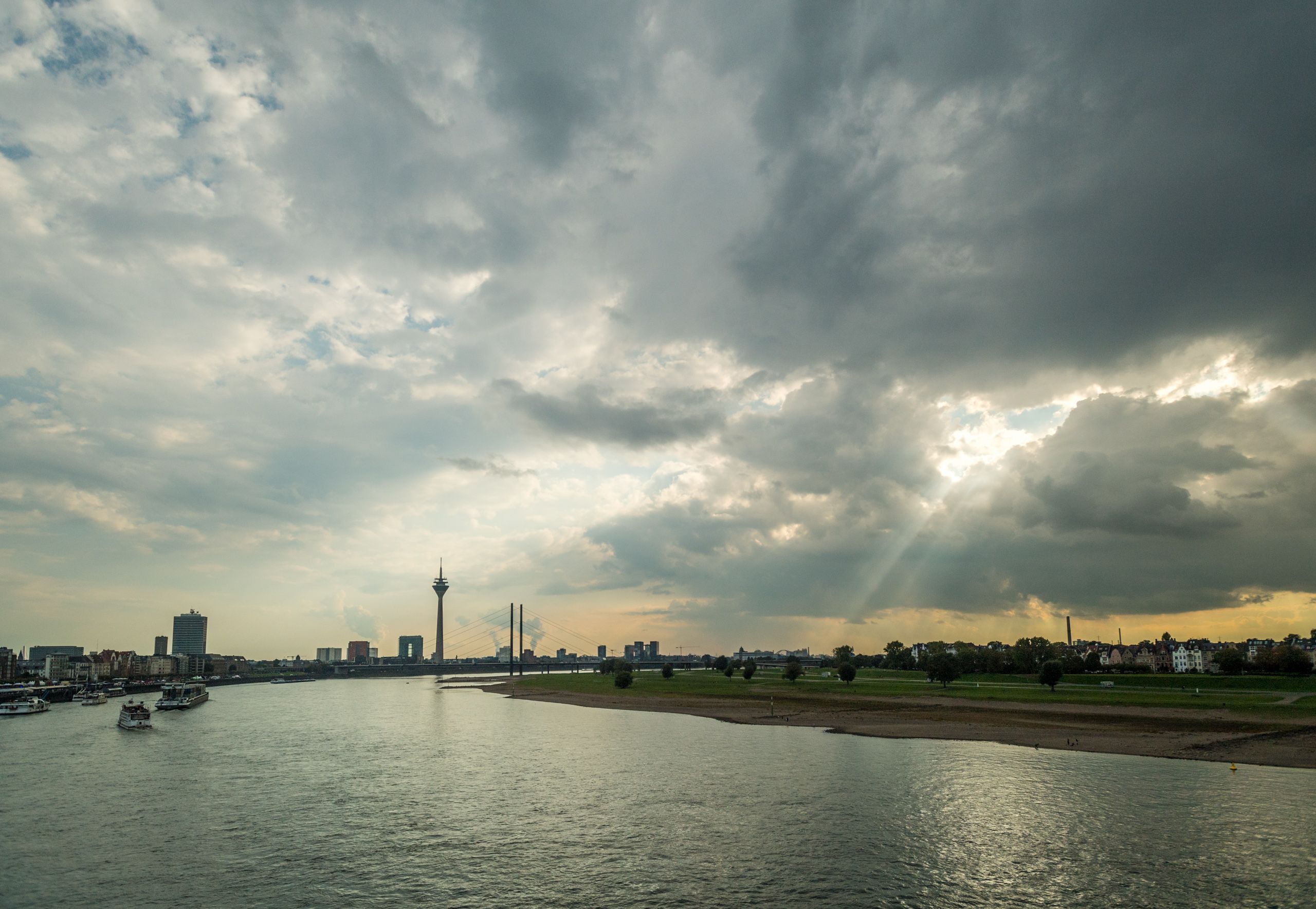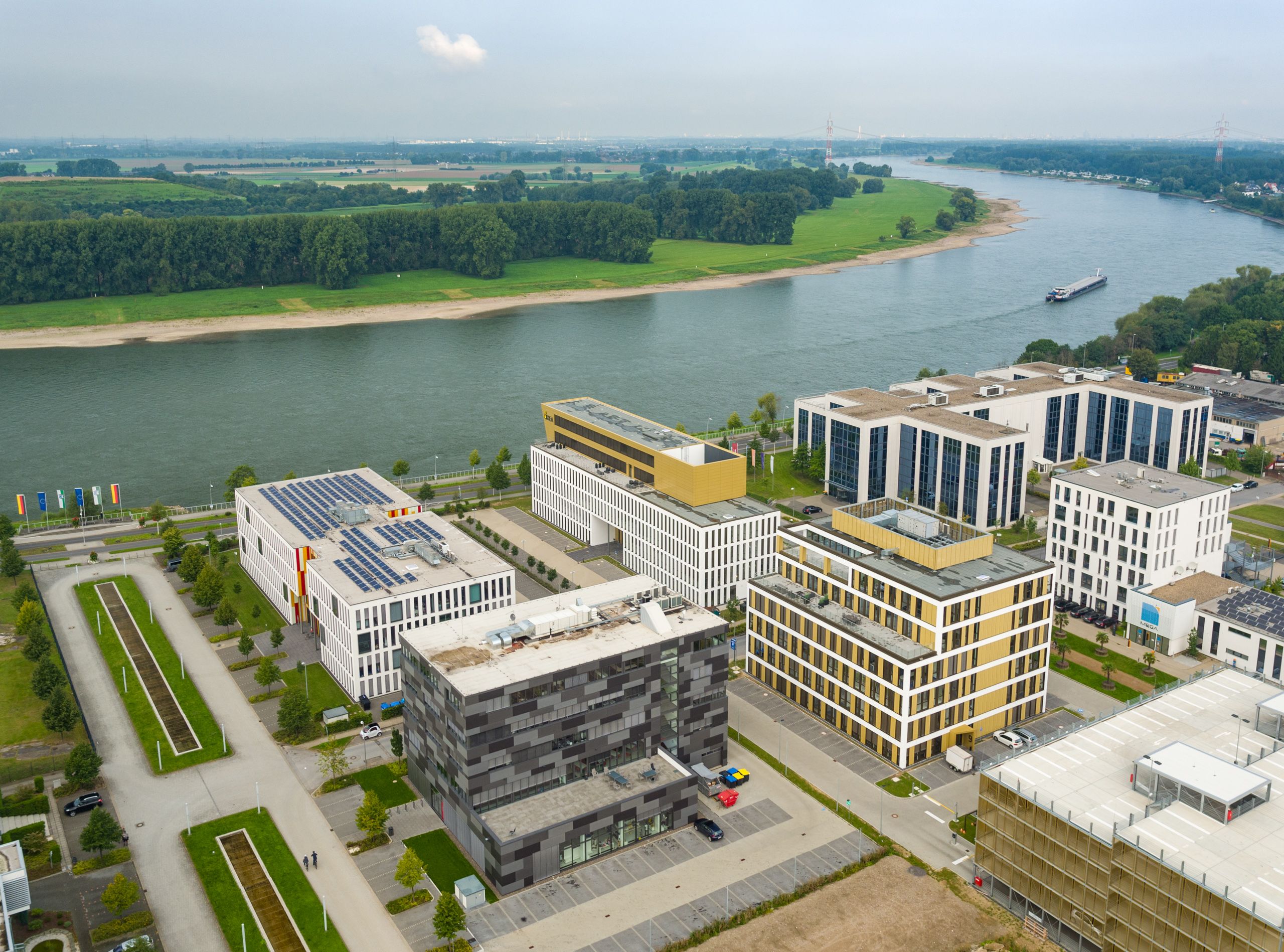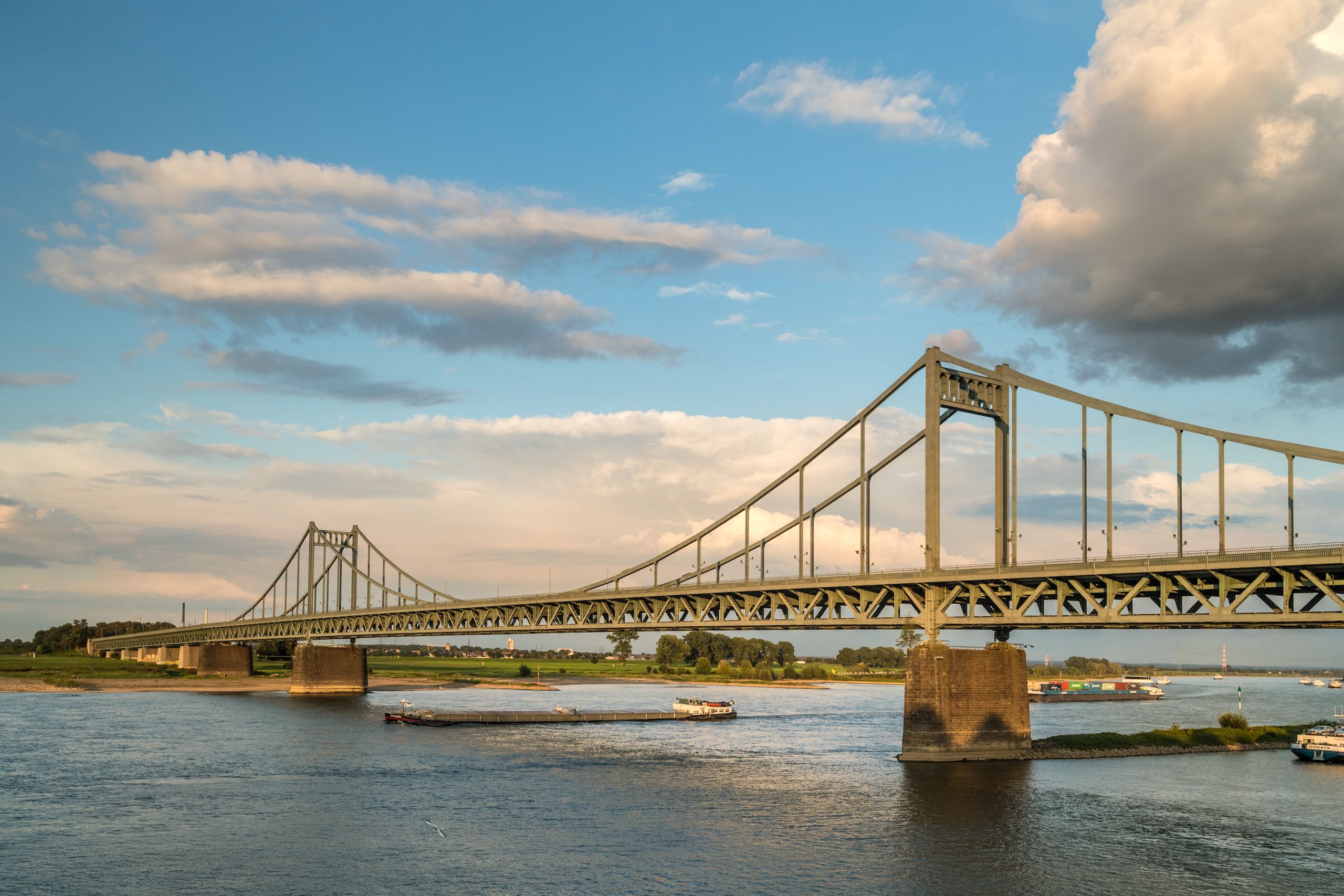It is the sophisticated Rheinauhafen and the cozy Old Town that first greet cyclists arriving in Cologne from the south. In the Belgian Quarter on the western edge of the city center, however, Cologne reveals its hip side and turns out to be an urban jungle. It is advisable not to pack your saddlebags too full here, as you will want to fill them with numerous unique items and accessories made in Cologne.
On the one hand: Zons
The route continues along the left bank of the Rhine, past Cologne's industrial port and the Ford car manufacturer's factories to the former customs fortress of Zons. The charming town center with its well-preserved mill and town wall takes cyclists on a journey back in time to the Middle Ages. When the Rhine shifted its riverbed in the 18th century and the town was therefore no longer able to levy river customs duties, the fortifications fell into a state of preservationist slumber.
On the other hand: Monheim
On the right bank of the Rhine, in the direction of Monheim, things get lush in summer: strictly speaking, the floodplains of the Urdenbacher Kämpe belong to Düsseldorf, but the boundaries become blurred in the blowing floodplain grass. The bike can rest for a while for a guided walk with a AuenErlebnisBegleiter: On the first Sunday of every month, the guides offer a walk on a specific topic, for example on special birds, the floodplain forest and the hedgerow habitat, as well as on the influence of humans on the area around the old Roman fort Haus Bürgel - which is located on Monheim city territory. This historic farm complex is home to a biological station, a Roman museum and a cold-blooded horse breeding farm.
Hombroich Island Museum
The Museum Insel Hombroich is just as green and full of flowers as Sleeping Beauty's castle: it is located in the middle of the renaturalized park landscape in Neuss-Holzheim, on the left bank of the Rhine. If you descend the steps at the end of the ticket booth, you enter the floodplain landscape of the Erft and thus one of the most enchanting art locations in Europe. Here, art and nature are on an equal footing and in harmony with each other, just as the Düsseldorf art collector Karl-Heinrich Müller had wished when he found and acquired the huge area with its old trees, wide meadows between watercourses and a classicist villa. Together with the artists Gotthard Graubner, Erwin Heerich and Anatol Herzfeld, he transformed it into an ideal world for his art collection and opened it to the public in 1987.
Radiant Düsseldorf
From here, the Rhine Tower points the way to Düsseldorf: The tallest building in the city, formerly a television tower and now a viewing platform with a restaurant. It is located in the middle of the MedienHafen, which with its masterpieces by David Chipperfield, Frank O. Gehry and other international star architects is etched in the memory of more than just architecture enthusiasts. Cyclists can get to know historic Düsseldorf in the south of the city, for example, where the baroque pleasure palace in Benrath served as the summer residence of Düsseldorf's favorite elector Jan Wellem and his wife Anna Maria Luisa de Medici. The two were closely linked by their passion for art - thanks to which Düsseldorf today has one of the liveliest and most diverse art scenes with many museums and galleries in Germany.
A stroll along Königsallee, the city's magnificent boulevard, reveals the contemporary, elegant charm of NRW's state capital: Düsseldorfers and guests from all over the world come here to see and be seen as they shop at Tiffany, Hermés, Chanel, Escada and many other first-class jewelry and fashion stores.
If cyclists leave the city to the north, they cycle through the picturesque district of Kaiserswerth with its imperial palace. Once Frederick Barbarossa's fortress, today it is an imposing and accessible ruin located directly on the banks of the Rhine. It is joined by a number of beer gardens, where refreshments are recommended before a trip to Neanderland.
Ancient ancestors in Neanderland
The district of Mettmann, which borders the North Rhine-Westphalian state capital to the east, is also known as Neanderland. The 42,000-year-old skeleton of a prehistoric man was discovered in the Neander Valley in the middle of the 19th century: the Neanderthal man. The Neanderthal Museum in Mettmann is dedicated to this special human ancestor and explains everything worth knowing about Neanderthals and the history of the development of modern man to children and adults.
The region's best-known hiking trail also leads directly past the Neandertal: the Neanderland-Steig connects interesting old towns and historic city centers, such as Wülfrath or Velbert-Langenberg, with the Niederberg landscape, which is characterized by numerous lakes, moors and extensive heathlands.
